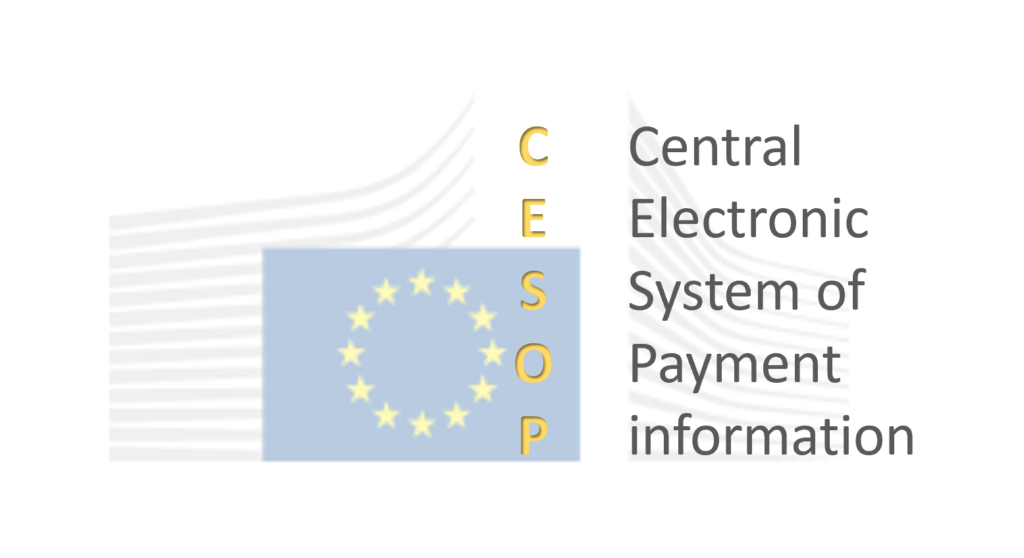Do you receive more than 25 payments in a quarter from EU to your bank account? Maybe you should have registered for VAT. To reduce possible unpaid VAT within EU, banks now report automatically certain bank account owners to the tax office.
Payment service providers in the EU have to record and report data on cross-border payment transactions since 1 January 2024 under an amendment to the law. The purpose of the law is to enable tax authorities to detect uncollected VAT within the EU and thus reduce the gap between the amount reported and the amount not collected. A payment service provider, which means a person authorised under the law governing payment transactions to provide a registered payment service, i.e. mainly banks (except for the Czech National Bank), is required to keep records of cross-border payments and their recipients if it provides more than 25 cross-border payments to a single recipient in a calendar quarter. A cross-border payment is a payment transaction that goes from a payer in one EU Member State to a payee in another EU Member State or from a payer in one EU Member State to a payee in a third country. The obligation will therefore affect all cross-border payments where the payer is located in the EU.
The notification to CESOP (EU Central Electronic System of Payment Information) is made quarterly, at the latest on the last day of the month following the end of the relevant calendar quarter. It will be possible to submit it via the Moje Daně portal in XML format. The tax administrator is the Specialised Tax Office in the case of records of cross-border payments and their recipients.
The key data to be recorded and subsequently reported are as follows:
- BIC/ID of the reporting payment service provider,
- the name of the payee,
- VAT/ID number of the payee,
- IBAN/other beneficiary account identification number,
- BIC/ID of the payee,
- address of the payee,
- information on the returned payment – refund yes/no, reference,
- date/time,
- amount,
- currency,
- Member State of origin of the payment,
- Member State of destination of the reimbursed payment,
- information on the place of the payer (origin of the payment),
- transaction identification code,
- presence of the payer at the physical premises of the business when the payment is initiated.


